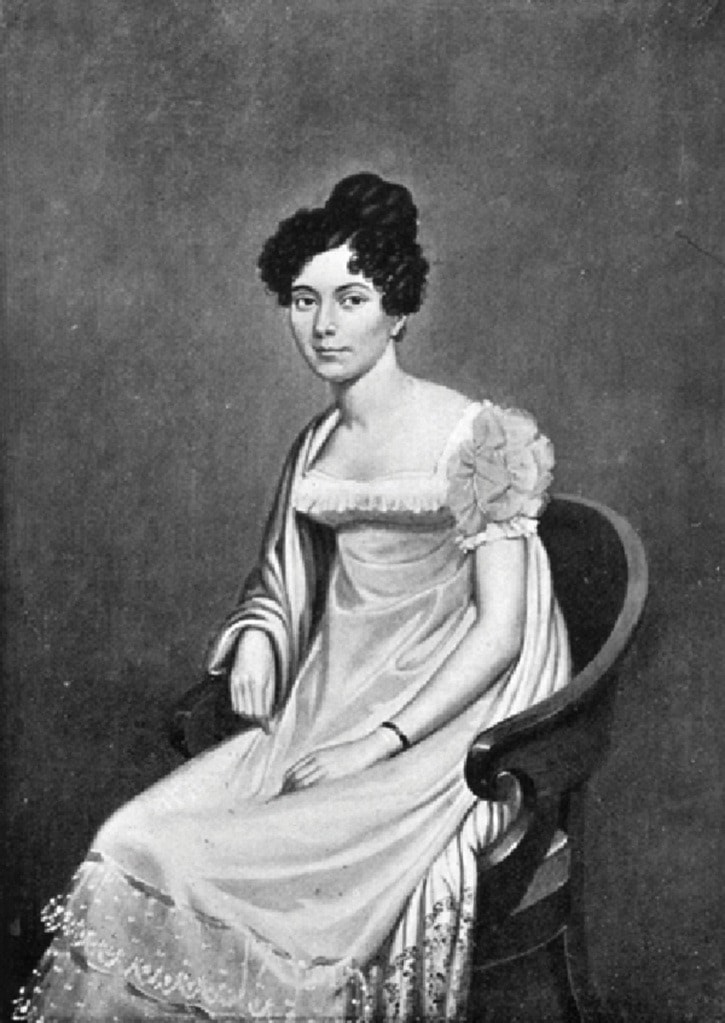John McKinley / Black Press
A First Nations hero lying stricken on his side, a gaping hole ripped out of his chest.
A courageous young Spanish beauty, beloved by the British army who became an icon in the history of south Africa.
If not for these and a handful of other exceptions, one might think Vancouver Island towns were named strictly from an odd brew combining the pages of a navy quartermaster’s roster with a promotional brochure from the 19th-century Coast Salish chamber of commerce.
At least that’s the theme running through an examination of Island place names on the B.C. government website and a collection of other histories.
Juana María de los Dolores de León Smith — or Lady Smith as history came to call her — was a descendant of the legendary Ponce De Leon. Orphaned at 14 during the Napoleonic Wars, she found protection in the form of Major Harry Smith of the liberating British Army and married him a few days later.
Smith went on to accompany her husband in all his campaigns, including the now “Sir” Harry’s deployment as the governor of the Cape Colony in South Africa, where they named a town Ladysmith in her honour.
Fifty years later, Vancouver Island coal tycoon and British patriot James Dunsmuir was busy building a new coal port on the shores of Oyster Harbour when he got news of the lifting of the lengthy siege of Ladysmith in the Boer War.
Not only did he rename his new town Ladysmith in honour of the occasion, he named all the streets after British Boer War generals.
Dunsmuir later went on to construct Royal Roads University’s Hately Castle, where he resided for a number of his retirement years.
The history of the name Chemainus, meanwhile, is a little less clearly defined.
Some histories relate that the name means “bitten breast” in a Native dialect. Others state that it refers to “Tsiminnis” a legendary figure who led the migration of a tribe from the Alberni area to the head of Chemainus Bay.
Both those tales combine with additional details in W.H Olsen’s Chemainus history Water Over The Wheel.
Olsen writes of a range of nearby hills, seen in silhouette, that resembles a man lying prone with a deep cleft in his chest. Local First Nations people identified this cleft with wounds inflicted by cannibal dancers. The cleft was “Tsa-mee-nis.”
Beyond these intriguing tales, the stories behind the names of a majority of Island communities seem to fit one of two categories. The first is those communities bearing a name given that location by its First Nations people, names that typically signify what was attractive about the area, names like Esquimalt, Nanaimo and Comox.
Historian Patrick Dunae said he never before realized the pattern of the place names reflecting positive characteristics of those places, but said it fit with what respected Snuneymuxw Elder Ellen White told him about First Nations naming conventions for people.
First Nations nomenclature also appears to have stuck more readily in locations not identified by the early European chart makers, the people responsible for the second popular source category of popular community names.
These communities have names given by explorers in honour of British or Spanish officials, names like Port Hardy, Alberni and Tofino.
Dunae said explorers followed a protocol of first naming things after a sovereign, then high-ranking officials in the fleet, or company, before finally settling on ship’s officers.
Dunae chuckles over an image of Baker looking smugly at Puget after Baker got the mountain and Puget was left to be satisfied with the sound.
The mix of Spanish and British names comes from the early competition for the territory between the two nations. A negotiation between Britain’s George Vancouver and Spain’s Juan Francisco Quadra led to peaceful co-existence and an island originally named “Quadra’s and Vancouver’s Island.”
The current absence of Quadra tells you which colonial power stuck around.
editor@goldstreamgazette.com
Did you know?
Some names tied to explorers include:
Some of the names with First Nations roots include:
